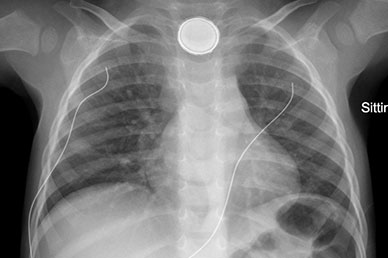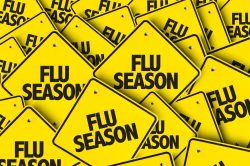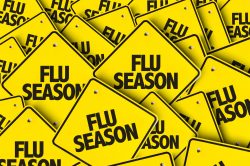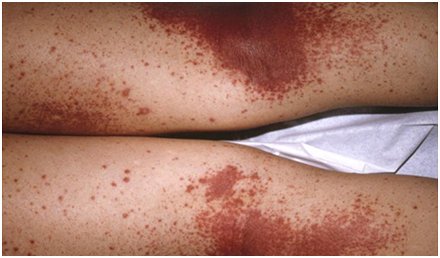The Food and Drug Administration has issued a new guidance suggesting there should be something of a kids’ menu for imaging, one that employs the lowest dose of radiation possible when imaging younger patients (or avoids x-rays altogether, if feasible). “Pediatric patients generally require less radiation than adults to obtain a quality image from an x-ray exam, so doctors must take extra care to ‘child size’ the radiation dose,” the FDA said in a statement. …
Read More






